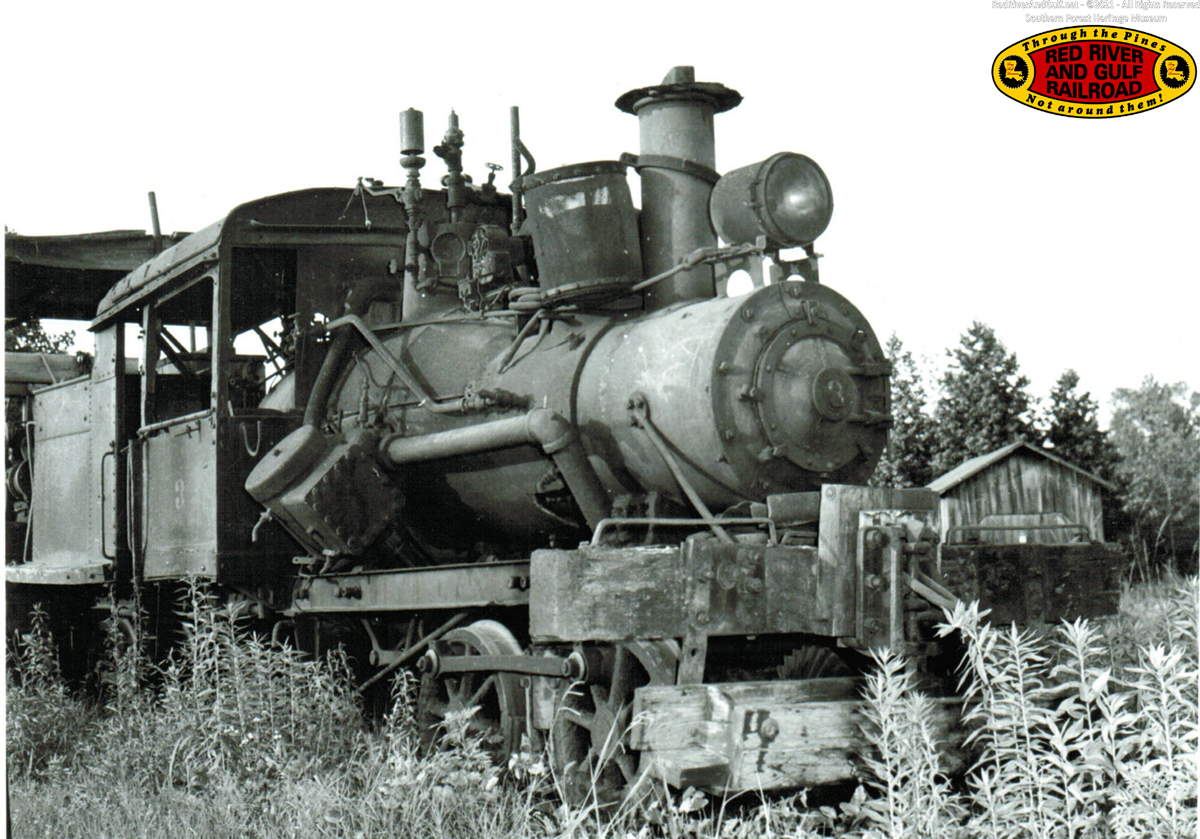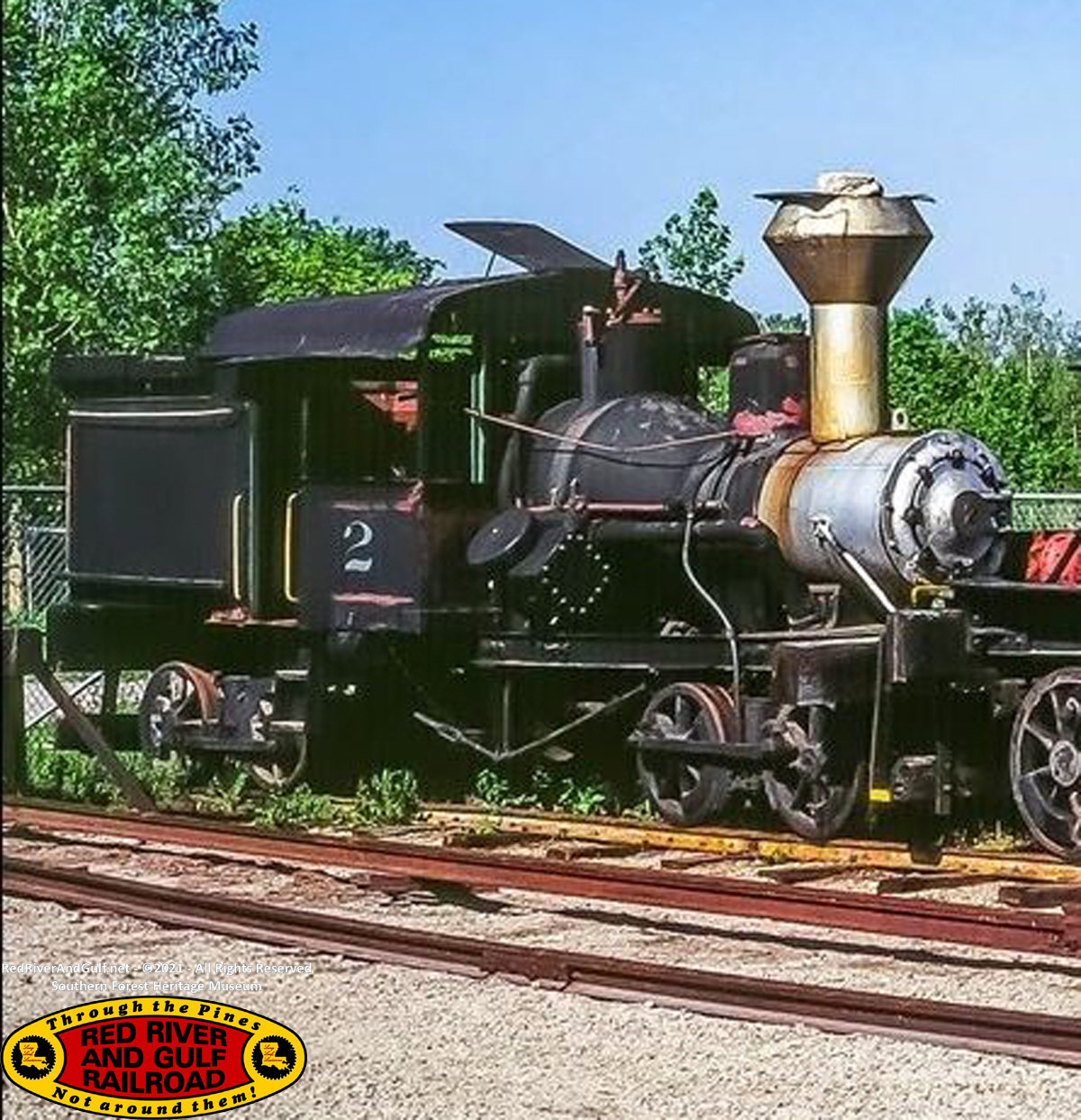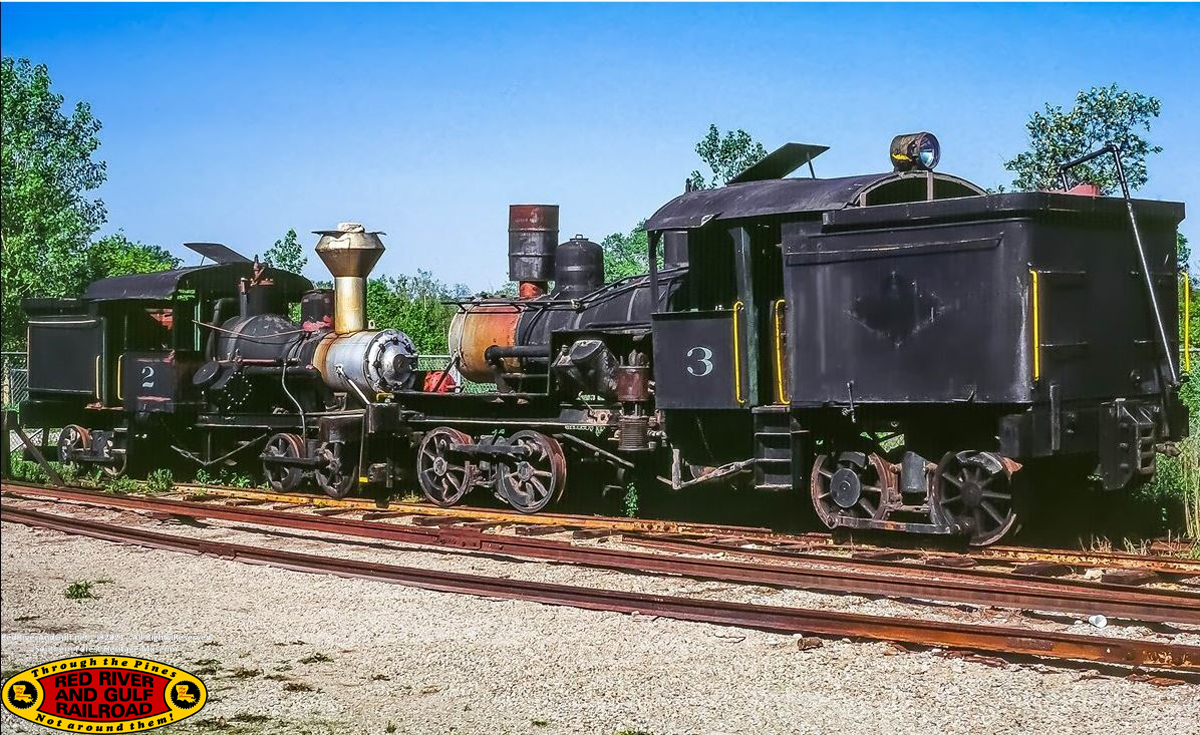|
This locomotive is owned by RR&G
volunteer Michael Brown. Here is what we know about it.
Record keeping in small backwoods
lumber operations more than a century ago were often lacking in details,
if the records even exist at all today. It is not known exactly when #3
was built and there is no record of its builders number.
Stearns Manufacturing built all of
the early Heislers up until and through 1903. Stearns was then
reorganized as the Stearns Co, which became Heisler Locomotive Works in
May, 1907. Heislers were built by Stearns Manufacturing through 1903 and
by the Stearns Co from late 1905 through early 1907 before becoming
Heisler Locomotive.
Stearns Manufacturing Co. built locomotives had either a circular
builders plate on the smokebox or a rectangular plate on the frame. All
Stearns Co and Heisler Co. locomotives had a rectangular plate on the
frame. All of the known photos of the Lamb Fish locomotives have the
circular plate on the smokebox.
This locomotive has a Stearns
Manufacturing Co. built frame, and he has a Stearns Manufacturing Co.
Number plate (the same one in the Santee River photo). It also appears
to have Stearns-built trucks as some of the later improvements are
missing. The frame itself has no holes in it which it would have had if
the builders plate was ever attached to it.
Based on that, it is probably originally a Stearns-built locomotive. If
so, only one other Stearns engine exists in the US and it is at Roaring
Camp.
It was once believed to be one of a group of 20-22 ton machines used by
Lamb-Fish Lumber Co. in Charleston, MS. Lamb-Fish bought several new
Heislers including three 22 ton models in 1907. However, it is possible
that they already had at least two other Heislers on the property, based
on the number of locomotives tabulated in the bankruptcy proceedings.
There are several characteristics of this locomotive that suggest that
it may have been one of these earlier model 22 ton engines.
After Lamb-Fish went bankrupt the newer locomotives passed on to
Turner-Farber-Love Lumber Company and some of them even found their way
to the Turner Lumber Co. operation at LeMoyen, LA.
The first thing known for sure about
the engine was in the 1930’s when it was Santee River Hardwood #3.
Except for the new boiler, the photographs of the engine at Santee River
in the 1940s and 1950’s show the engine in substantially the same
condition as today.
From there Santee River, it went to the Maggie Valley Amusement company at Maggie
Valley, NC, and from there to the Whitewater Valley, which never ran it
before selling it to Mike Brown around 1970.
It weighs in at about 38,500# empty weight. It weighed 36,500# give or
take 500# on the truck, and Mike had removed over 1200# of weight in
couplers, coupler pocket, air pump, stack etc.
It has cylinders with a 12” bore and a 10” stroke.
Thus it is a 20 ton Heisler if built before 1903 and built by the
Stearns Manufacturing Co. It could also be a 22 ton Heisler, built by
the Stearns Company in 1906.
After 1906, when Heisler’s were made by Heisler Locomotive works (the
corporate successor to the Stearns Co.) the weight of the 12” X 10”
cylindered model had gone up to 24 tons and weighed in at more than
40,000# empty
So, the first fact that we can establish is that it was made before
1907. If in fact, it was made by Stearns Manufacturing Co. before 1903,
it is one of a very select group of Heislers in existence anywhere, as
only 4 others survive, and only 2 of those are in the USA. In any case,
it is among the 7 oldest Heisler locomotives still in existence.
Unfortunately, we now believe that the cylinder size rules out this
being one of the Lamb-Fish locomotives which were built in 1907 unless
they were built to the 1906 standard, as the 1907 standard would have
had them built with 11’ X 10” cylinders.
Other early characteristics of the locomotive include the "I" beam frame
with truss rods, and the first generation Heisler trucks, as well as a
Stearns Manufacturing Co type number plate.
Here, now, is where it gets more interesting.
Some of the wheels on the locomotive are stamped HLCO (Heisler
Locomotive Co.), meaning that they were made after 1907.
The universal joints and gears are of a type not manufactured by Heisler
Locomotive until after 1914.
The engineers side "I" beam is stamped “CARNEGIE C USA”. This Carnegie
trade mark only came into use after 1920.
One of the wheels is clearly not a wheel manufactured by Stearns or
Heisler, as they are large, square spokes rather than the precise
casings of a Heisler product.
At one time the engine was in an accident which broke the crosshead
guide for the fireman’s side cylinder. It was welded and a “strongback”
was put in place to make sure that it did not fail in service.
Did this happen at the time when the frame was repaired and the wheel
replaced? Was the locomotive repaired after this accident with parts
from another Heisler built after at least 1914?
No one knows the answer to these questions.
One final note: all Stearns Co, and Heisler Locomotive Co engines had
their rectangular builders plates mounted on the frame. There are NO
HOLES on the fireman’s side "I" beam (if it is actually an original
frame member). Stearns Manufacturing Co. Builders Plates were attached
to the smokebox, but there is no sign of a builders plate on the oldest
photos that we have of Santee River Hardwood #3, and with the new
boiler, there is no evidence of a Heisler plate on the current smokebox
either.
Let us hope that some other clues as to its origin turn up as we clean
off more than 100 years of grease, grime and paint.
As of October 2021, it has not yet
been determined how #3 will painted, labeled, and numbered.
-Compiled by Everett Lueck, RR&G
General Manager
|



.jpg)


